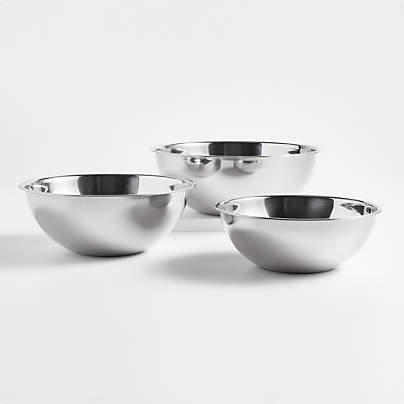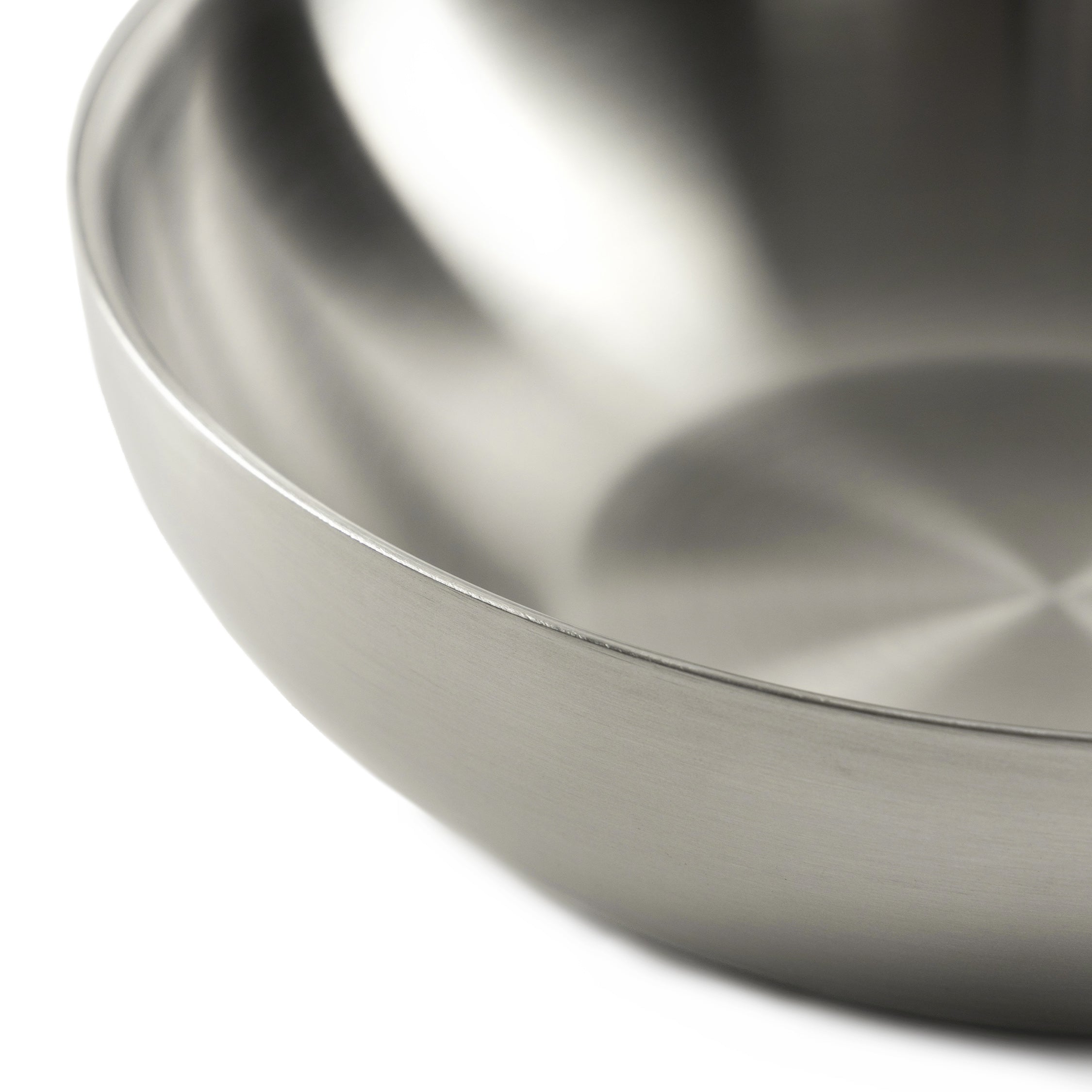Choosing the right material for your kitchen bowls might seem trivial, but it can significantly impact your cooking experience. Aluminum and stainless steel are two popular choices, each with its own set of pros and cons. So, is aluminum better than stainless steel for bowls? The answer, like most things in life, is: it depends. Let’s delve into the details to help you make the best decision for your needs.
Lightweight and Affordable: The Allure of Aluminum Bowls

Aluminum bowls are a favorite among many home cooks, primarily due to their lightweight nature and affordability. Their lower density makes them easy to handle, especially when mixing large batches of ingredients. This lightness is particularly beneficial for people with arthritis or other hand conditions that make lifting heavy objects difficult. The lower price point also makes aluminum bowls a very accessible option for those on a budget or just starting to build their kitchen arsenal.
Furthermore, aluminum’s excellent heat conductivity is a boon for certain culinary tasks. If you frequently make things like meringue or whip cream, the rapid cooling that aluminum offers can be a game-changer, resulting in a more stable and voluminous end product. This same property can be a bit of a double-edged sword, though, as we’ll explore later.
Durability and Hygiene: The Case for Stainless Steel

Stainless steel bowls often command a higher price tag, but their durability and hygienic properties often justify the cost. These bowls are significantly more resistant to dents and scratches than their aluminum counterparts. They can withstand the rigors of daily use without showing significant wear and tear. This robustness is particularly appealing for those who frequently use their bowls for strenuous tasks like kneading dough.
From a hygiene perspective, stainless steel is a clear winner. Its non-porous surface prevents bacteria and food particles from settling into microscopic crevices. This makes stainless steel bowls incredibly easy to clean and sanitize, contributing to a healthier and safer cooking environment. While aluminum is also relatively easy to clean, its slightly more porous nature means it can harbor more bacteria if not properly maintained.
Heat Conductivity: A Balancing Act
As mentioned earlier, aluminum’s high heat conductivity is both a blessing and a curse. While excellent for cooling mixtures quickly, it also means that the bowl itself can get quite cold when placed in a refrigerator or freezer. This can sometimes lead to ingredients sticking to the bowl, particularly when dealing with sticky substances like dough or caramel. Stainless steel, with its lower heat conductivity, doesn’t suffer from this issue as much, maintaining a more neutral temperature.
Conversely, if you’re using your bowl over heat (for example, when making a double boiler or melting chocolate), aluminum will transfer heat more efficiently, leading to faster cooking times. Stainless steel will take longer, which might be beneficial for certain delicate tasks to prevent scorching.
Reactivity: Considering Food Safety

While both aluminum and stainless steel are considered food-safe materials, they differ slightly in their reactivity. Aluminum can react with certain acidic or alkaline foods, potentially altering their flavor or leaching small amounts of aluminum into the food. This is particularly true with foods that have a high acidity, like tomatoes or citrus fruits. While the quantities involved are typically minuscule and unlikely to cause harm, some people prefer to avoid aluminum bowls for such applications entirely.
Stainless steel, being a more inert material, is much less prone to these kinds of reactions. It’s a safer choice for storing and preparing acidic or alkaline foods, ensuring that the integrity of your ingredients is preserved.
The Verdict: Choosing the Right Bowl for You

Ultimately, the “better” material – aluminum or stainless steel – depends on your individual needs and priorities. If budget and lightweight convenience are paramount, aluminum bowls are an excellent option. However, for greater durability, superior hygiene, and less reactivity with food, stainless steel often emerges as the winner.
Consider these factors before making your decision:
- Frequency of use: For occasional use, aluminum’s affordability is a strong advantage. For daily use, stainless steel’s durability shines.
- Type of food preparation: If you frequently work with acidic foods, stainless steel is the safer bet. For tasks requiring rapid cooling, aluminum’s heat conductivity is valuable.
- Budget: Aluminum bowls are significantly more affordable than stainless steel bowls.
- Cleaning preference: Stainless steel bowls are arguably easier to clean and maintain.
By carefully weighing these considerations, you can select the type of bowl that best suits your cooking style and culinary needs, ensuring that you have the perfect tools for creating delicious meals.